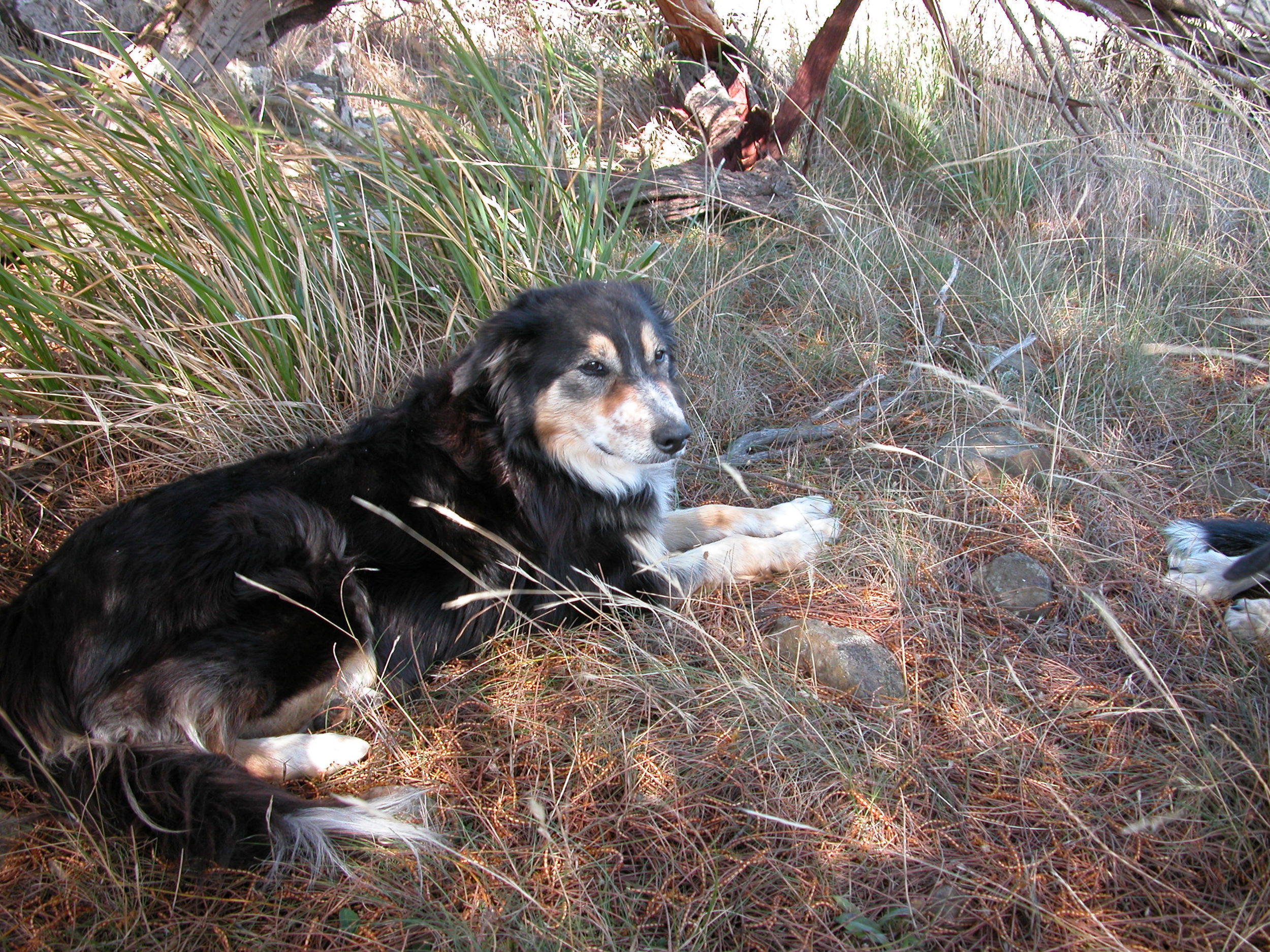Continuing my jazz and shepherding analogy (new subscribers click here for the previous Yarn), there’s a wonderfully apt line from “Birth of the Blues” (1941), set at the turn of the century. A ridiculously young Mary Martin is quizzing Rochester about how to sing the new jazz and blues. Rochester says, “Well, it’s like this. You listen for a note, and when you find it…you don’t play it. Instead, you listen some more, until you find another note…but you don’t play that note, either. Eventually, you find the right note to fit into the music.”
Shepherding has had much the same feel. I start the day with a plan. Usually, by the time I get to the flock, I’m not singing that note anymore—the first plan simply doesn’t work with the rest of the music in the day: the wind direction, the location of the flock, its preferred direction (biais in French), the condition of the forage, the state of appetite among the flock—all the variables of the jazz combo working together to make me stop, and listen for the next note. And the next.
If there is one overwhelmingly important lesson I’ve learned over the last couple of months of shepherding, it’s to figure out the flow and go with it. When it flows, shepherding is a small work of art for those few hours. And it is incredibly easy. Until you lose the note. Then it can take hours (and lots of work) to find it again. Sometimes I just have to start over the next day, listening more carefully.
To a great extent, flow results from leadership—HRH’s and mine. And now, some new variables are emerging. In fact, there is a leadership crisis in the making, I’m pretty sure. There are three sets of players: HRH and her cabinet of 20 or so loyal followers; Hillary, her sister and her two daughters (I’m guessing the relationships); and me, Horatio and my loyal followers--my pets Clara, Vicky, Felix, Elf, Annie and Emmie, and their friends, many of whom also now have names. Horatio is a young wether who has decided to follow me, and can generally be found nearby when I’m leading the flock through a gate and also, at times, out in the paddock. He’s not a pet, and won’t let me touch him, but more often than not he is near me, whether I’m at the front, side or back of the flock.
Horatio following me in the paddock, with the flock following him. This is a very recent development, and quite exciting, as it means I can be more specific in where I get the flock to graze. It’s much easier for me to lead from the front than to steer from the back of the flock! However, it means the dogs have to be quiet and circumspect at the back of the flock, so the sheep are relaxed and willing to graze.
My pet Vicky has always loved to chew on my pack straps and my clothing. Here she’s having a go at the strap of my “bugle”: a wooden horn that sounds like a distant freight train. I’m training the sheep to come to the sound of it when there is fresh forage at the other side of the gate where I’m standing.
HRH (aka Old Leader) you know from earlier Yarns. Hillary has emerged out of nowhere, politically speaking. She is a well-known “difficult one” (as the French shepherds style the ewes who hang to the back of the flock and fight the dogs). Just recently, she and her cabal have taken to forcing their way through the flock, turning and coming back again at high speed, and thereby disrupting the biais more or less continuously. She reminds me of a politician moving through a crowd, desperately trying to garner votes—an observation which led Michel Meuret (The Art and Science of Shepherding) to suggest her name.
A couple of days ago, Horatio and my cabal followed me out one gate, HRH took her contingent to a different (closed) gate and Hillary and her followers wove back and forth, finally digging in their heels and refusing to go at all. Needless to say, this is making my life as shepherd challenging, but there may be a silver lining—as HRH and Hillary battle it out, I might sneak up the inside track as the new leader. Or not.
It seems as though sheep politics and human politics are more alike than we might like to think: an inexplicable imperative for some individuals to sacrifice nutrition, rest and peace of mind, for themselves and even for their children, in order to lead, while the vast majority are content to ignore their leaders except at critical moments (like gates). What’s in it for the leaders, anyway? After all, if they get it wrong, and there is a lion in the long grass on the other side of the gate, they’re the ones to get eaten first.
A couple of newsy items: Design Spun has finessed the tender fibre issue with last years’ clip, by adjusting the combing criteria to remove the short, broken fibres. It means a bigger loss (30% vs 15%), but the yarn quality has not been compromised. The first test batch of yarn should be here in May. Phew.
Ashley Yousling, of woolful.com, recently published a podcast interview with me about WGW and shepherding you might enjoy. Click here for the link.
The season continues very dry and challenging to manage, though shepherding is making it possible for me to extend the carrying capacity, without compromising the ground cover, by encouraging the flock to graze areas they wouldn’t forage on their own.
And in the last Yarn (Shepherding and All That Jazz) I mistakenly placed Cevennes in Provence (much to Michel Meuret’s dismay). The caption should have read “Anthony Navon leading his flock with his dog Zumai in Vaucluse, Provence”.











